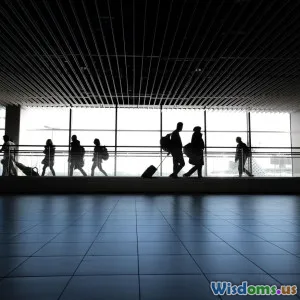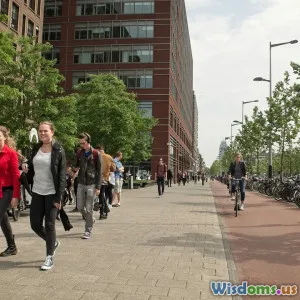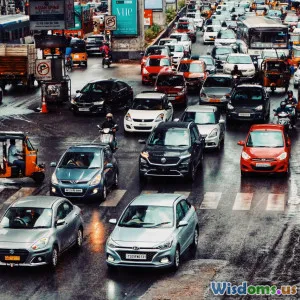
Can Urban Air Mobility Solve Traffic Gridlock
15 min read Explore whether urban air mobility can alleviate urban traffic gridlock with current technologies, examples, and future challenges. (0 Reviews)
Can Urban Air Mobility Solve Traffic Gridlock?
Cities across the globe are grappling with traffic congestion—a daily phenomenon frustrating commuters, inflating shipping costs, and contributing significantly to air pollution. As car-centric infrastructure strains under growing populations, policymakers, technologists, and urban planners are eyeing the skies for answers. Enter Urban Air Mobility (UAM): a concept promising short aerial commutes within urban environments, supported by fleets of electric vertical takeoff and landing (eVTOL) vehicles, drones, and smart aviation systems. But can this futuristic solution really unclog city streets and reinvent urban movement?
Rethinking Urban Congestion
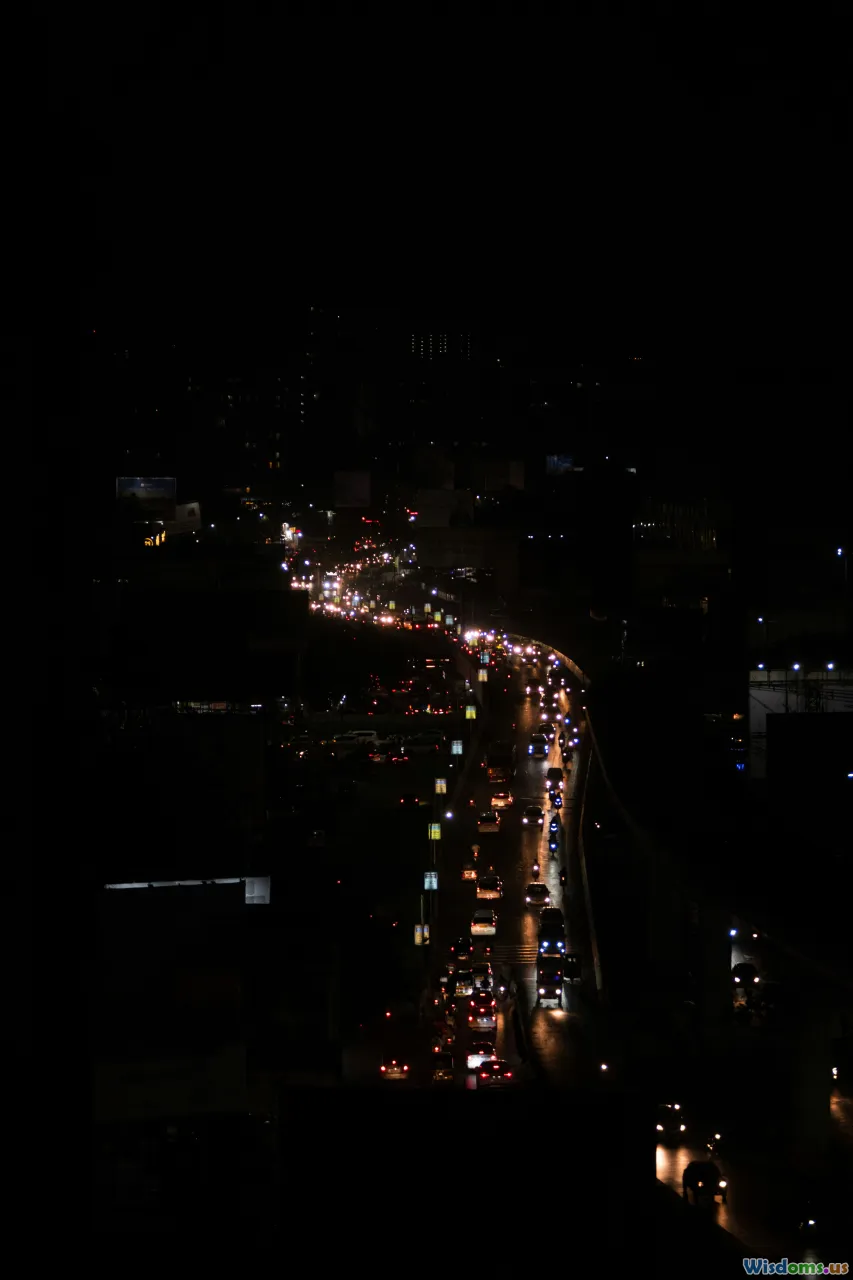
Urban centers like Los Angeles, Jakarta, and London regularly top lists for the world’s worst traffic jams. The negative impacts permeate daily life: commuters in Los Angeles, for example, lost an average of 62 hours to congestion in 2023 according to INRIX, costing billions in lost productivity. The causes behind such gridlock are multifaceted—urban sprawl, limited public transit alternatives, historic underinvestment in infrastructure, and a relentless influx of cars.
Traditional tactics such as expanding roadways or adding more buses offer diminishing returns in megacities. Moreover, developments like ride-hailing have sometimes exacerbated congestion, as seen in New York, where Uber and Lyft trips contributed to lower travel speeds in Manhattan. This backdrop spurs a key question: Should we look vertically for relief?
UAM: What It Encompasses and How It Works
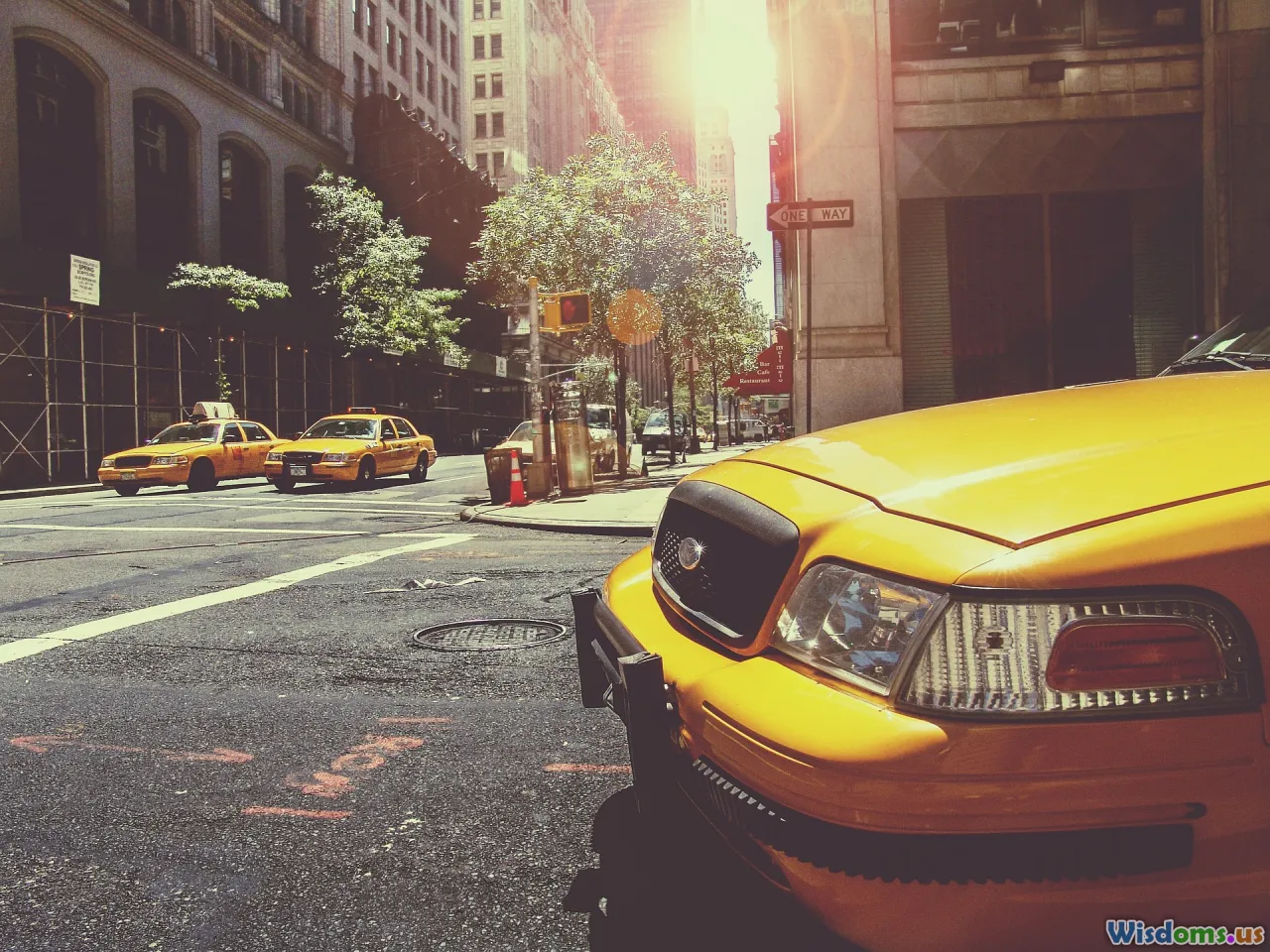
Urban Air Mobility brings together a triad of advances: battery-powered flight, autonomous control, and digitized traffic management in the airspace below 5,000 feet. eVTOL air taxis—quiet, nimble craft designed for short hops—are the flagship, fueled by major investments from companies like Joby Aviation, Archer, Lilium, and legacy aerospace giants like Boeing and Airbus. Supporting roles are played by cargo drones and high-frequency shuttle services.
Imagine a downtown to airport journey, ten miles bypassed in 10 minutes instead of 45. Riders would board from “vertiports” perched atop parking garages or in repurposed urban spaces. Onboard in Joby’s prototype eVTOL, up to four passengers can travel distances up to 150 miles quietly and emission-free. City planners envision these sky taxis integrating into multimodal networks—syncing with ground transit for seamless travel.
Uber Elevate (now acquired by Joby Aviation) projected their rides would cost about the same as executive black-car services, around $100-$150 per trip in early phases, with long-term targets rivaling shared-car fares if mass adoption and autonomy scale up. Meanwhile, DHL is piloting drone deliveries in European cities, cutting van trips and emissions for last-mile logistics.
How UAM Could Tackle Gridlock
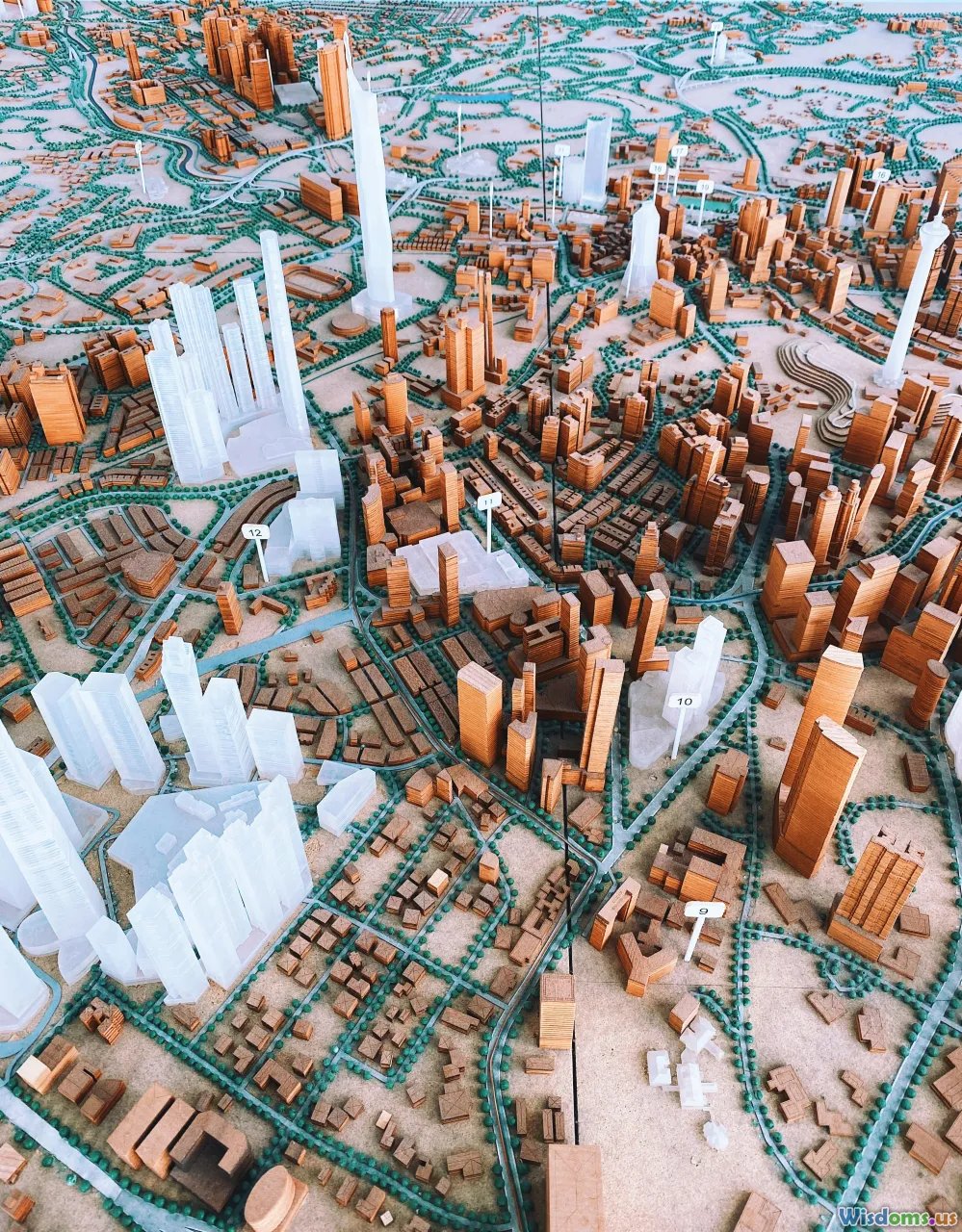
The allure of UAM is its use of the vertical dimension—essentially layering airborne lanes above clogged roads. By extracting even a small percentage of trips, especially those connecting congested hubs like CBDs, airports, or event centers, air taxis could ease surface demand and create cascading benefits for road users.
A 2020 NASA-Georgia Tech simulation modeled traffic in a Seattle-like city and found that moving just 5% of rush-hour trips to eVTOLs could reduce car travel times by up to 12%, especially on routes with parallel sky corridors. The effect is multiplicative: fewer cars means less stop-and-go traffic, making flow smoother for all.
Moreover, UAM promises rapid, direct commutes for time-sensitive passengers. Business travelers heading to airports or emergency medical transports could leapfrog jams entirely. Drones handling high-priority delivery (blood supplies, medications) have already proved life-saving in places like Rwanda, and the business case for their urban analogs is growing.
Real-World Trials and Progress
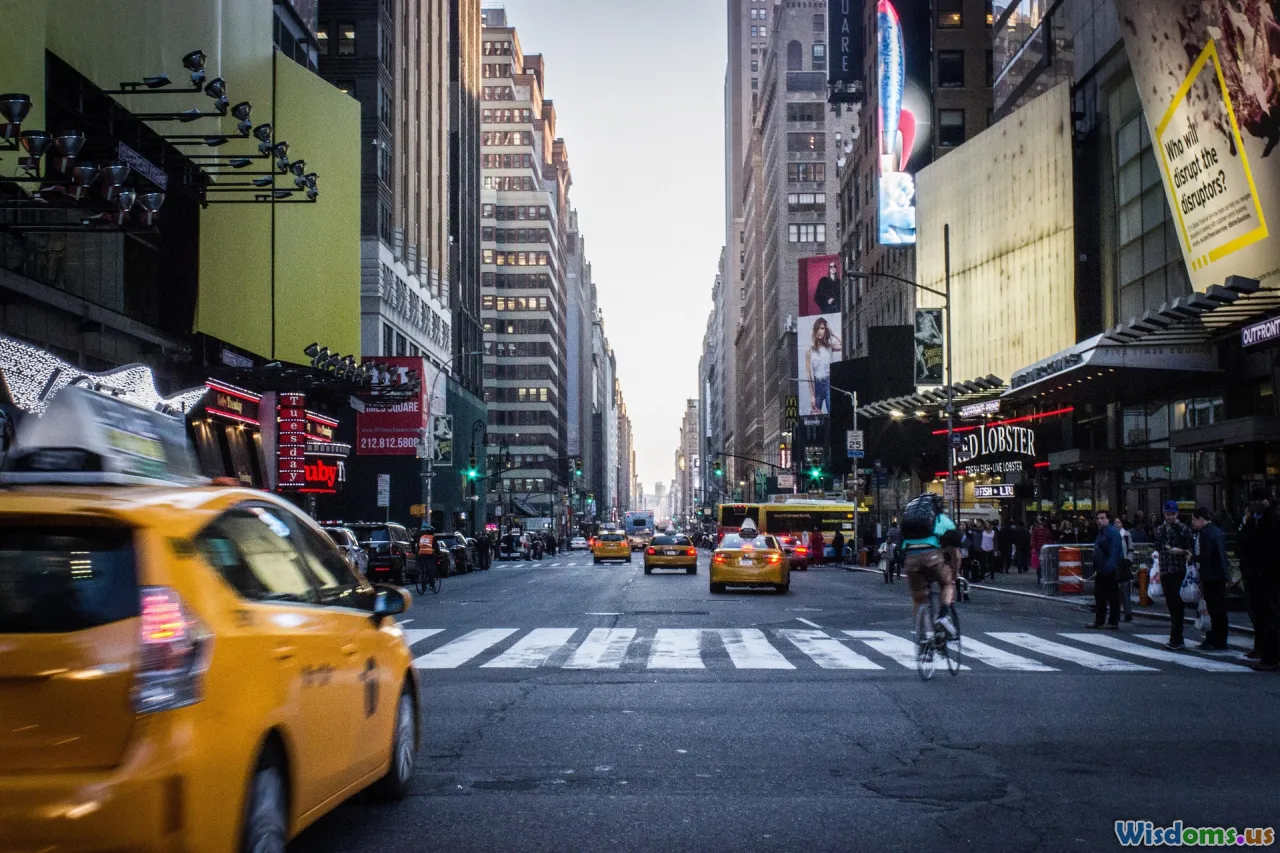
While full-scale networks are a few years away, dozens of pilots have taken off globally.
-
Germany’s Lilium flew a prototype between cities in Bavaria in mid-2022. The five-seat electric jet, controlled by a pilot initially, plans fully automated service by 2030, aiming for up to 300km/h.
-
Joby Aviation and Wisk Aero have tested flights in the San Francisco Bay Area, working with the FAA towards certification.
-
In China, EHang became the first eVTOL firm to receive Full Type Certification: commercial tour flights are operating in Guangzhou, and pilotless passenger demos have become routine near Shanghai.
-
Paris plans to run limited air taxi service during the 2024 Olympics, linking Charles de Gaulle airport to suburban heliports as a global showcase.
Ongoing drone delivery trials in Helsinki, Singapore, and Dallas also inform regulatory standards, vehicle reliability, noise impacts, and integration strategies with “traditional” ground infrastructure.
Air Traffic Control for the Urban Skies
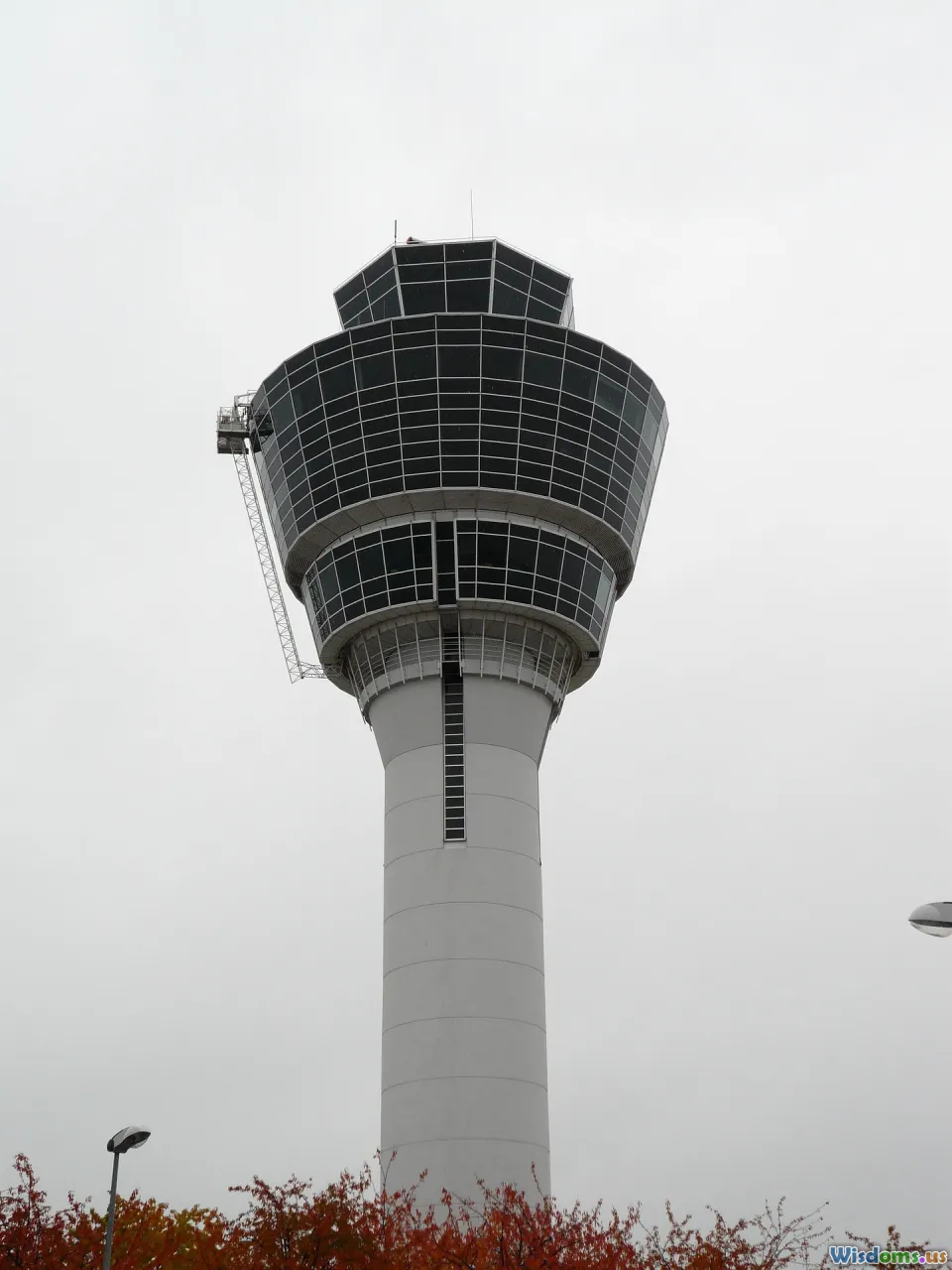
Managing dozens—eventually thousands—of aircraft in city airspace requires reinventing aviation traffic control. While commercial flights use fixed corridors at high altitude, urban air taxis will operate at much lower levels, sharing the air with drones and helicopters.
NASA’s UAS Traffic Management (UTM) platform pilots advanced, software-driven solutions. Drone operators file plans and receive real-time clearances, while AI coordinates movement to avoid midair conflicts and “no-fly zones.” European initiatives like SESAR and the UK’s Future Flight Challenge back similar developments.
Cities such as Los Angeles and Dallas are already working with the FAA and NASA on UTM pilot projects, equipping regional authorities to track and coordinate multi-modal movements safely. The future may see local "Skyports" authorized to manage mixed fleets in their own airspace, much like a busy harbor master today.
Challenges That Could Stall Progress
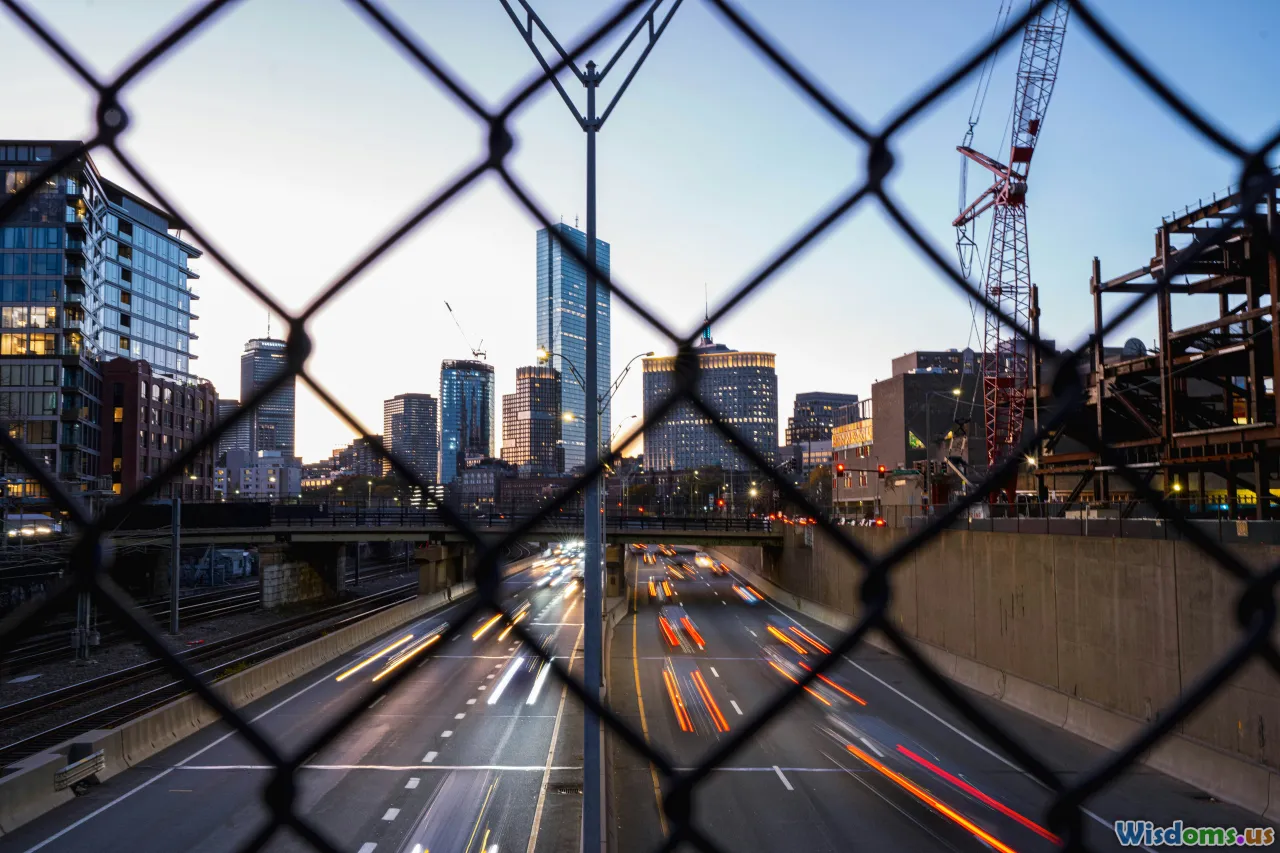
However promising the horizon, UAM faces formidable challenges beyond the hype:
1. Infrastructure Readiness
Cities will need thousands of vertiports, replete with charging, maintenance facilities, and safe passenger ingress/egress. Retrofitting rooftops or building new structures entails regulatory, structural, and funding hurdles. For example, integrating UAM into existing transit stations can be spatially prohibitive in cramped 19th-century city centers.
2. Noise and Community Impacts
eVTOLs are quieter than helicopters but hardly silent. Large-scale studies in Sydney and Los Angeles found that even low-frequency hums could arouse noise complaints, particularly along consistent flight paths over residential areas.
3. Equity and Access
Will UAM become a luxury, reserved for white-collar elites and the ultra-rich? For benefits to spread, deployment must prioritize affordability, ADA accessibility, and underserved communities, rather than just connecting lucrative business hubs.
4. Air Safety and Certification
Flight reliability, collision avoidance, cybersecurity, and emergency protocols must all advance before mass adoption. Regulators move slowly: the FAA isn’t expected to permit autonomous urban air taxis until at least 2028.
5. Energy and Environmental Considerations
UAM claims significant emission reductions—if energy grids green and batteries recharge quickly. However, manufacturing eVTOL fleets and supporting infrastructure still bears a non-trivial carbon cost.
Learning From Analogous Solutions: Comparing UAM and Past Innovations
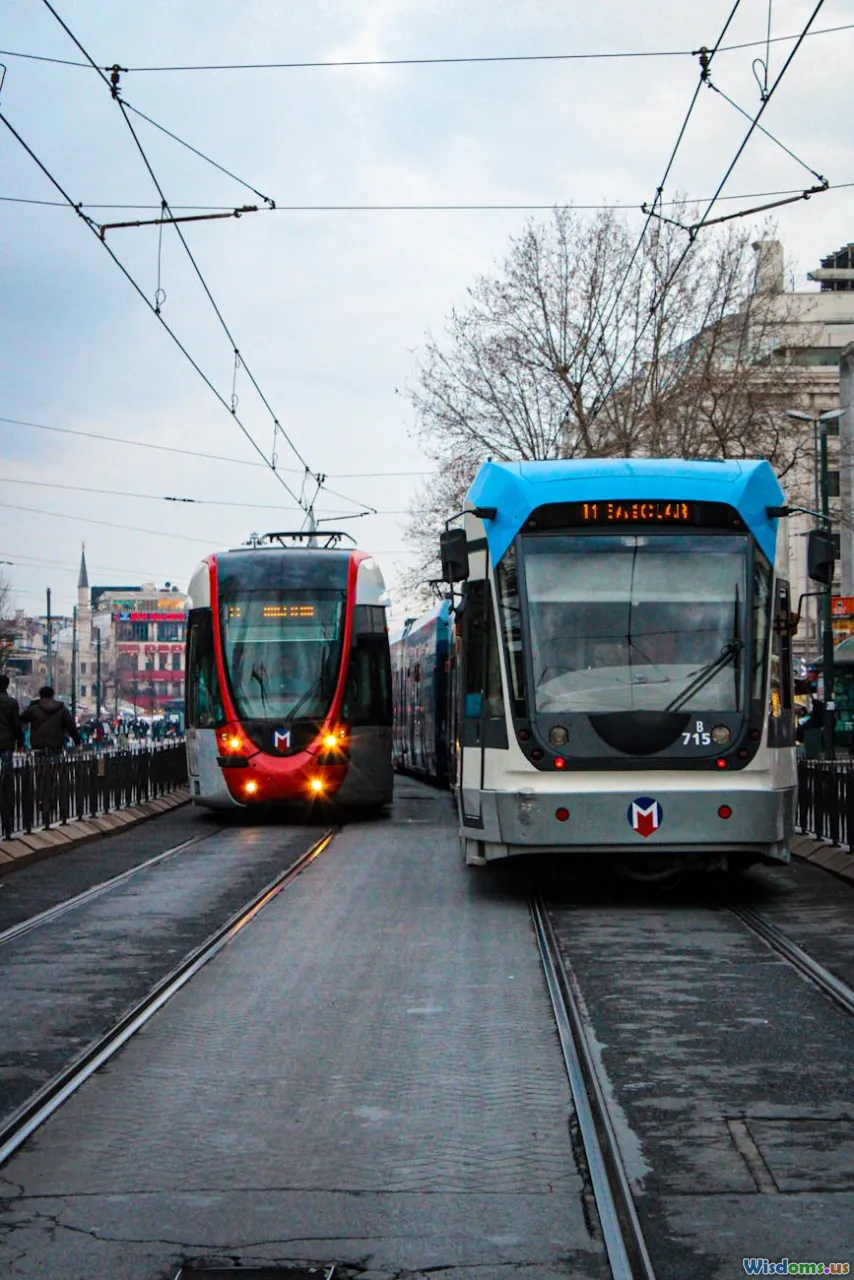
History shows technology alone cannot solve urban congestion—the rise of ride-hailing apps, light rail, or personal e-scooters demonstrates both promise and unintended impacts. For instance:
- Electric Vehicles (EVs) shift emissions off streets, but do not shrink traffic volume and can even exacerbate gridlock unless combined with modal shifts.
- Congestion Pricing (London, Singapore) has successfully moderated downtown traffic but only after bundled investments in public transit and cycling infrastructure.
- Helicopter networks in Sao Paulo's affluent districts show that vertical mobility, without deliberate integration, can serve a wealthy minority—exacerbating equity gaps.
The lesson? For UAM to assert a systematic solution, it must be part of a broader mobility ecosystem—not an isolated, luxury-focused overlay running above the city’s status quo.
Actionable Steps for Cities and Stakeholders
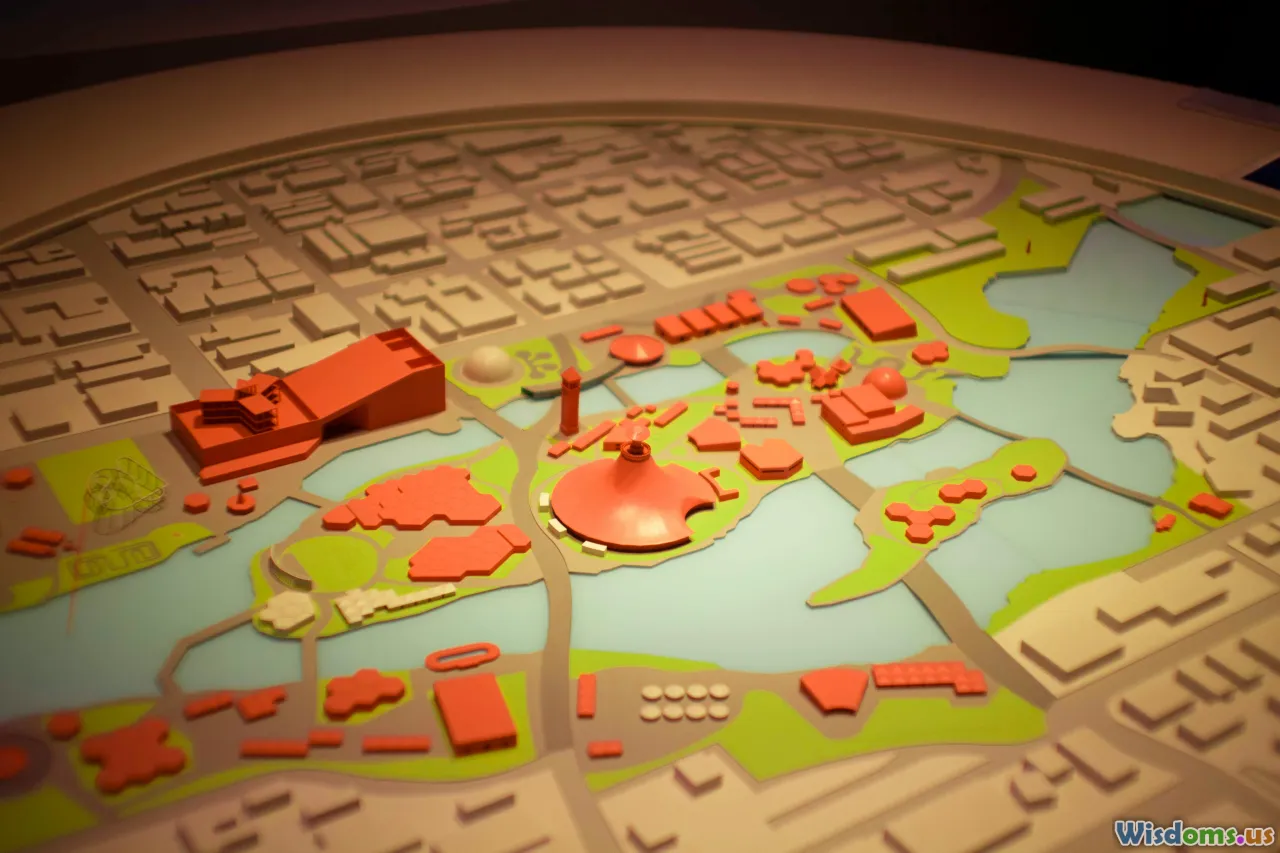
Urban Air Mobility won't make gridlock vanish overnight. Yet, cities can make strategic choices today to harness its benefits while minimizing pitfalls:
- Pilot scalable, time-tested UAM corridors in genuine high-congestion routes (e.g., airport-CBD links) with transparent metrics for equity, carbon impact, and cost savings.
- Co-locate vertiports with public transit—integrating booking, payment, and information platforms so transfer to ground modes is seamless.
- Establish public-private working groups early, blending operator expertise with local community priorities. Engage residents on routes, hours, and noise mitigation.
- Regulate airspace collaboratively: Cities, not just national aviation authorities, should co-author standards for flight safety, privacy, and traffic moderation.
- Consider creative funding—for instance, congestion pricing or carbon taxes could supply infrastructure capital, if air mobility delivers public value.
Prognosis: What to Expect as Trials Shift to Reality
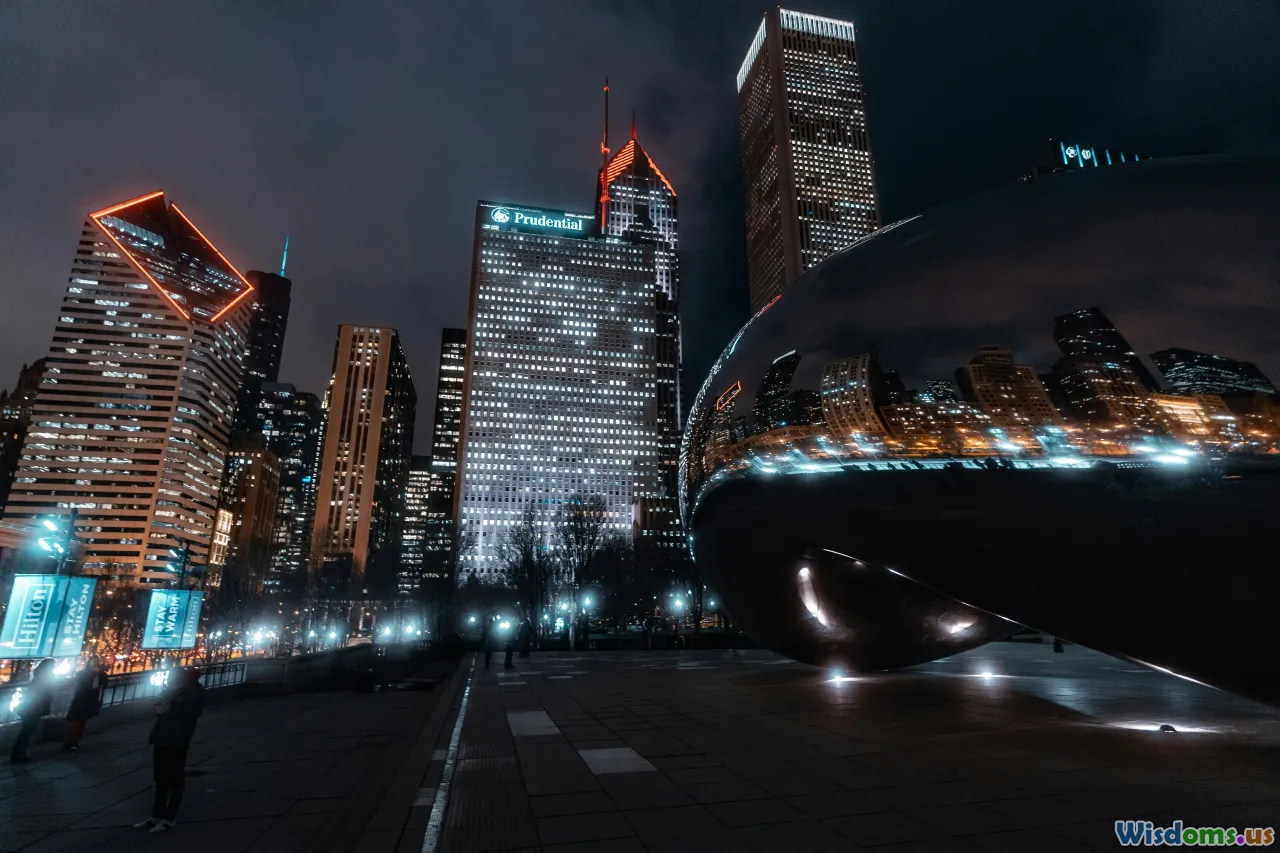
Urban Air Mobility remains in its nascent stages, but momentum is undeniable. Consulting firm Roland Berger estimates commercial eVTOL fleets could ferry up to 160,000 passengers daily in the world’s 60 densest cities by 2040—envisioning an $90 billion global UAM market.
In the short term, we’ll likely see helicopter-like air taxi shuttles in wealthy metro regions, niche courier drones for pharmaceuticals and food in public transit deserts, and an expanding ecosystem of citizen science, public hearings, and regulatory experiments.
If UAM fulfills even a fraction of its promise—providing reliable, affordable service to a fraction of travelers on our most congested routes—its indirect effects may ripple across urban systems, finally reshaping the age-old struggle against “carmageddon.” Like all revolutions, the skies won’t clear overnight, but the horizon for smart, integrated, and equitable air mobility is brighter than ever, offering hope that cities may fly above traffic woes within a generation.
Rate the Post
User Reviews
Popular Posts










